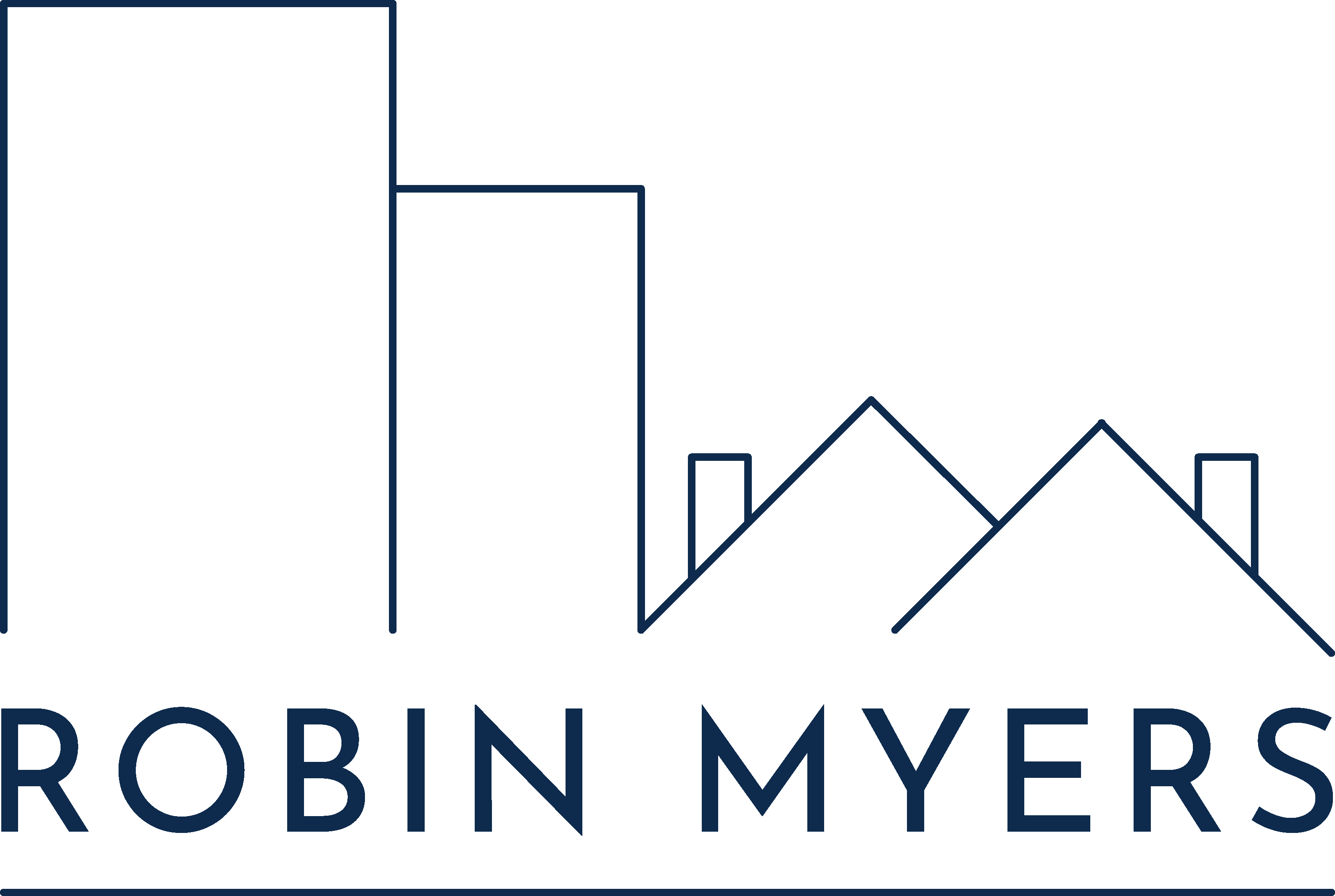Early in my career home staging was rare and typically used only in high end properties. Professional photography wasn’t common either – most brokers took their own marketing photos.
Today online is almost always the first exposure buyers have to a new listed home. Hiring a professional photographer is a requirement, rather than an option, and staging has become more common regardless of price.
If a home is occupied staging can be as simple as decluttering or depersonalizing a home. Removing excess artwork, decor and furniture, personal photos, pet items, hobby items, toys, etc. can help potential buyers envision themselves living in the home rather than the current owner.
If a home is vacant staging takes home prep a step further. A designer will bring in neutral furniture, decor and art specifically chosen to fit the style of the home and interior spaces along with soft staging items for the kitchen and baths. Staging can make an empty home feel warm and inviting.
Staging doesn’t have to be expensive . . . a homeowner can stage their home for the market by completing updates/upgrades/repairs. A quick refresh can be completed in a few weekends – fresh interior or exterior paint, update light fixtures inside and out, landscape clean-up, update kitchen and bath plumbing and/or cabinet fixtures, clean/replace carpet, clean out and pack closet and garage clutter, etc. Minor repairs and updates go a long way toward improving the presentation and appeal of a home.
For vacant homes, staging provides buyers with a vision of how they could live in the home. Staging can set a vacant home apart from other properties and often reduces the time a home is on the market. The staging designer selects furniture to specifically fit a room size and layout and enhance the best use of the space. While the whole house can be staged, it’s common to see living and dining spaces staged, outdoor living areas to draw a buyer’s interest outdoors and “soft” staging in kitchens and bathrooms.
Professional staging is a valuable marketing tool but can be expensive. The cost includes the designer’s fee, charge to deliver, move in and set up the furniture and decor and the cost for move out after a home has sold. There is also a monthly rental charge for the furniture and artwork placed in the home.
Virtual/digital staging is another option and less expensive. Furniture and decor is digitally added to the professional photos giving the appearance of being furnished. It should, however, be disclosed that a home has been virtually staged.
If you’re getting ready to sell your home, talk with your real estate broker about the benefits, pros and cons of staging.

 Facebook
Facebook
 X
X
 Pinterest
Pinterest
 Copy Link
Copy Link

